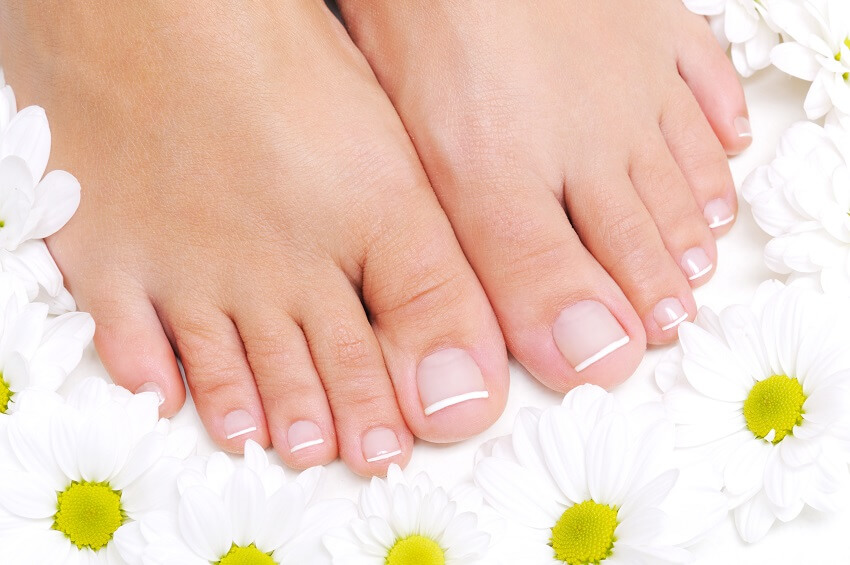
Nail diseases and disorders of the nail complex form a little-known and often underestimated group of conditions that straddle multiple fields (dermatology, surgery, internal medicine). A functional and healthy nail complex is very important for the normal functioning of the hand, where it forms a crucial sensory area of the finger. It is also irreplaceable for the foot, as it serves as a support for the nerve endings in the nail bed of the big toe during normal walking patterns. Last but not least, a healthy nail is a reflection of body care and health.
In surgery, we most commonly treat ingrown nails and their complications—especially purulent paronychia, nail dystrophies, spoon-shaped nails, and other pathological conditions, some of which are congenital (such as trapezoidal or oval nails) and others acquired due to poor nail care and bad habits (like round trimming). We also treat acquired deformities, trauma to the nail complex with abnormal nail growth (typically injuries caused by a finger being pinched in a car door). To a certain extent— in collaboration with dermatologists— we also treat some complications of nail fungus (onychomycosis).
More information about individual diagnoses can be found in the respective articles.
Fungal nail diseases fall under the domain of dermatologists; unfortunately, we cannot offer any treatment in the surgical clinic.
This is the most common surgical nail condition, accounting for up to 90% of our patients. It occurs in all age groups, most frequently during adolescence. The pain associated with the big toe leads to altered walking patterns, which can result in strain on the foot arch and the development of flat feet.
We treat milder forms conservatively using elastic taping and dorsal abrasion (scraping), while more severe forms and recurring ingrowth are treated with a modified Emmert’s operation. Patients are monitored for at least one year after these surgeries, with recurrence of ingrowth occurring in less than 1% of cases.
This condition affects not only the big toe but also the little toes. A common factor in these diseases is nail ingrowth, which occurs at least once in a lifetime. The hereditary nature of these diseases is not precisely known, but they clinically manifest regularly during late childhood and adolescence, peaking around the ages of 12 to 14, with a higher incidence in girls than boys. A significant risk in these cases is again the disruption of walking patterns leading to flat feet, and in extreme cases, limb shortening. Treatment is purely surgical and involves reconstructing both sides of the affected toe. The lower age limit for surgical treatment in our clinic is 11 years.
Pincer nails are typically managed by other specialists who focus on nail braces, known as orthonyxia. Surgical treatment is possible but usually results in significant narrowing of the nail. Absolute indications for surgery include the failure of brace treatment.
These conditions are characterized by the loss of adherence of the nail plate to the nail bed. There is degradation of the subungual tissue, which is gradually replaced by normal skin, to which the nail cannot adhere and grows vertically, causing significant issues with nail hygiene, dressing, etc., and especially leading to psychological trauma due to the cosmetically unacceptable appearance of the nail. Such conditions can be particularly traumatizing for children after injuries to the nail complex, for example, after a finger is caught in a car door. These conditions require surgical treatment – micro-surgical reconstruction, which is time-consuming, technically demanding, highly individualized, and has come to be known as “immerse plastic.” The goal of this operation is to restore normal conditions in the nail complex, particularly through the plastic transfer of the nail’s germinal tissue (matrix).
We provide examinations and basic treatments free of charge, or covered by health insurance, in our clinic during office hours. More complex procedures are performed under strict sterility in a modern operating room at the patient’s direct expense. Procedure costs range from 2,500 to 5,000 CZK.
Informed Consent for Emmert’s Procedure
Informed Consent for Immersive Procedure